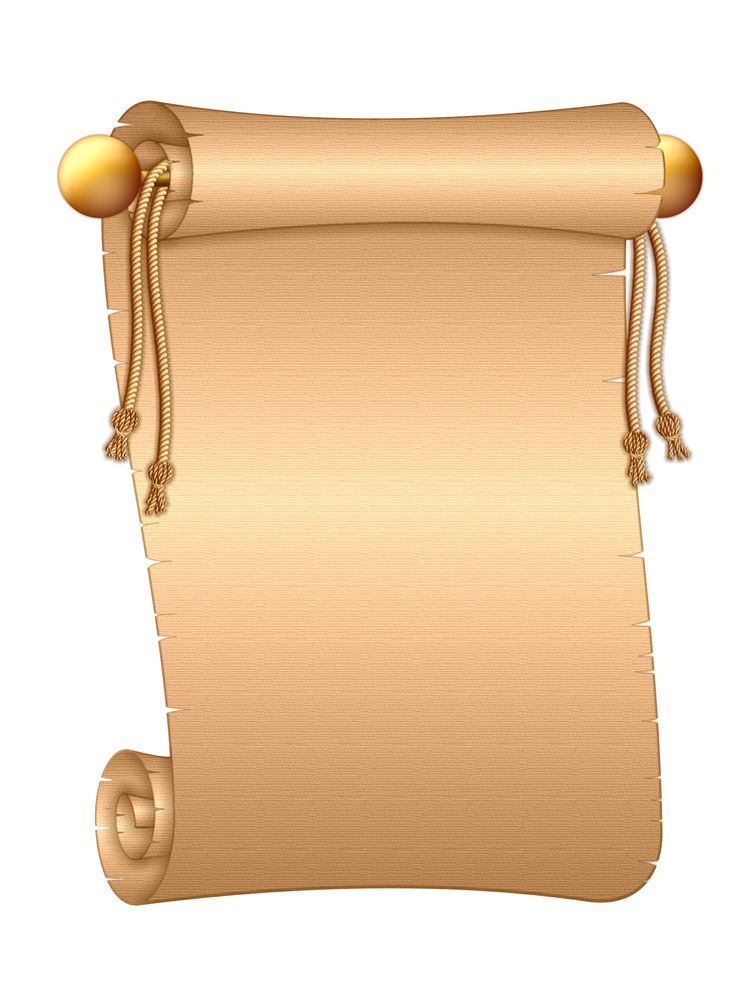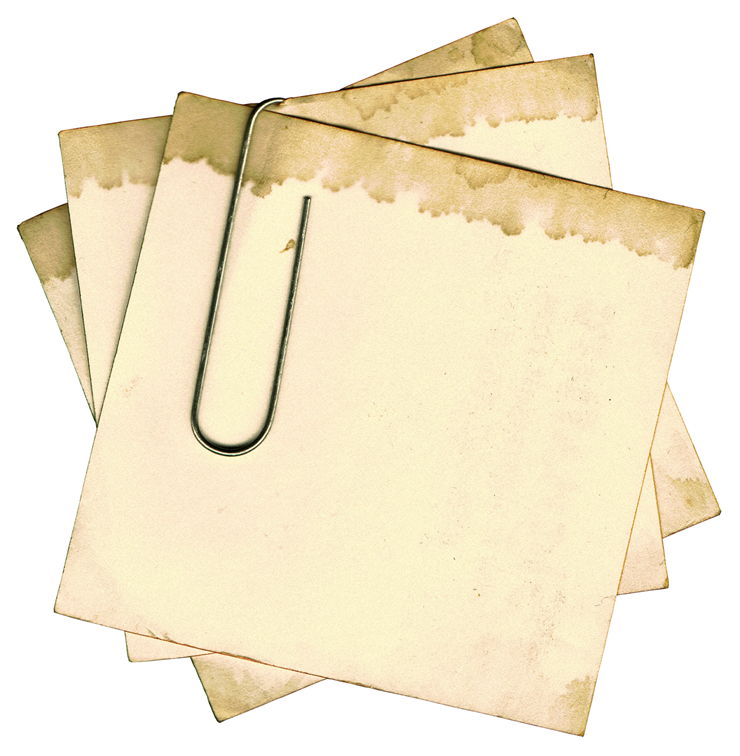History of Paper
Paper is a thin material produced from natural (or very rarely artificial) fibers, pressed together into solid structure after they were loosened in a hot water. This recipe was established more than 2000 years ago in Ancient China, and from that time it changed very little, only being enhanced by occasional advances of chemistry which caused creation of countless variations of paper types. Today, we are using paper all around us, and not only to write or paint on it, but also as a widely versatile material that can be used almost anywhere. Asian cultures use it as food ingredient, we interact with it any time when we buy something in stores, building materials for houses and various installations, cleaning products and much more.
Paper History
We could not imagine world today without paper, but if we look only few centuries to the past, its presence was significantly less noticeable. Here you can read more about origins of paper and its journey through history.
Paper Invention
Paper was invented in ancient china some 2200 years ago, but was popularized by one inventor – Cai Lun. Here you can learn much more about his life, work, and his legacy that is still impacting our daily lives.
Paper Facts
Paper is an extremely versatile material that has managed to infiltrate all facets of our modern culture – from being a writing surface to industrial construction material. Read more about interesting paper facts.
Making Paper
If you have ever wondered how paper is made today, here is the perfect place to get all the information about papermaking production process, raw materials and chemicals that are used by the paper industry.
Brief History
Being used in Ancient China since 2nd century BC, paper made a little impact until inventor Cai Lin managed to refine its production process, enabling the beginning of the true revolution of paper products all across the china. His technique could be used to reliable and quickly create small sheets of paper from heated wood chips, rags, cotton and fishnets (all natural materials rich in fibers), but they prevented creation of large paper sheets. The largest possible paper sizes were created rarely, and were used as writing or painting scrolls for Chinese royalty and nobility, and later on Japanese nobility where paper was truly accepted in every facet of their culture (most famously, as a building material of their houses that had parts of walls made from strong paper).
By 8th century, recipe of paper production arrived into the hands of Arabs, who quickly created their networks of paper mills all across their territories – from western border of China to the Northwestern Africa. During the time when Europeans did not have contact with the Arab paper (8th – 11th century), Islamic inventors, artists and book artisans managed to create widely accepted fashion culture around paper, making this still very expensive product used only in exclusive objects, such as paintings, extravagant decorations and off course books that were rarely made because of complexity of art and man-hours that had to be invested to create them. However, by early 11th century Crusades disrupted main centers of paper production in the Holy Land, shifting that production to other areas and pushing it closer toward Europe.
Spain and Sicily were the first countries that started using paper produced by Muslim paper mills in 11th century, and slowly as decades went paper mills started springing up all across Europe. First they appeared in France and Italy, moved northern to Germany, Holland and England, and after that they could be found everywhere. However, this did not mean that paper was suddenly cheaper and more available to everyone. On the contrary, paper was then still expensive, and less durable than parchment – paper-like structure created form the skin of animals. Even when Gutenberg created his moveable type machine for printing books, he continued using parchment because he and his compatriots feared that paper is will not be able to withstand the effects of long term exposure to air and moisture (they knew for certain that parchment and vellum papers could be stored for thousand years in right conditions).
Paper become widely available only after Fourdrinier paper machine became widespread across Europe and North America during 19th century. Ability to create continuous roll of paper powered by the steam machinery revolutionized paper industry completely, enabling it to become integral part of our modern history.
Today, United States and China produce the majority of paper used today, and many governments try desperately to regulate its production, recycling, reduce effects of pollution, deforestation and other environmental hazards that accompany industrial paper production.



